Norma is a charismatic leader with a fatal flaw, she has fallen in love with the enemy, a Roman leader named Pollione. She has broken her vow of chastity and borne children from this relationship. The opera shows her struggle between her public and private life.
The questions the story raises are universal and still extremely relevant today. How do we respond when a partner falls out of love? How do we manage relationships with conflicting beliefs and values? How does this affect our role in society (especially as a public figure)? What is the effect on our relationship with our children?
The opera is notoriously difficult to produce and not only because of the challenges of finding a cast capable of the extraordinary vocal demands. Some of the difficulty springs from the traditional 50BC setting, which feels so removed from our time. I always take my primary duty as director to be a story teller and am extracting and building on story elements to flesh out this opera. I am building up the presence of the children and making Adalgisa (the new object of Pollione’s affection) very subordinate to Norma to enhance her character arc. I am including her in the finale, so that all key players in this tragedy are present for the denouement. Adalgisa never sings again after the famous duet scene which opens Act 2. I have cast Norma and Pollione’s children as twins. I made this decision to shift the dramatic stakes. Maybe Norma only broke her vow of chastity once. I posit she has been in hiding since she discovered her pregnancy and bore the children. The fervent insistence of her presence by her people, which we encounter at the start of the opera, has been fermenting for many years. Once the opera starts the timeline is very brief, less than twenty-four hours and we begin at the tipping point.
The opera is set during the military occupation of Gaul (France) by the Romans. Druidism was the ancient magical religious faith of Gaul and later England and Ireland as the Romans pushed northward that has been revived as a twentieth-century Neo-Pagan religion. The name comes from an old Welsh term for oak, implying that they are the people who know the wisdom of the trees. Julius Caesar encountered the druids in Gaul in the first century B.C.E. where, among other duties, they oversaw the human sacrifices that were then part of the religion. Modern druidic beliefs are not a religion, but more an esoteric society and druid gatherings are still very popular today. There is even footage of Queen Elizabeth II dressed as a druid priestess and participating in a Welsh druid gathering.
In the opera the Gaul’s and druids’ music is rarely mystical, and rather is the music of battle and ferment. Our ‘Gauls’ are essentially military, with reference to resistance fighters holding out against an occupying force and keen for combat. The chorus portrays these fighters and a sect of holy druids and chaste priestesses hiding in the mountains.
Norma wears the robes of the ancient priestesses and is the embodiment of their beliefs. She is a symbol of the past in a changing world. For the Gauls, she is all knowing and their political and spiritual leader. Her father, Oroveso, shifts between the desire to be part of the resistance and the need to follow the old beliefs. Pollione, the Roman Pro-Consul, is heroic, impulsive and arrogant. He has fallen deeply in love with an innocent and sweet tempered woman in Adalgisa, perhaps as balm for his wounded pride from his experiences with Norma The combative power of Norma and Pollione, both enormously powerful, trying to exist as a couple is too volatile to imagine. He has all the righteousness of the oppressors throughout history, believing he is bringing enlightenment to Norma’s people. Mussolini’s army occupied parts of the French Alps throughout 1940, and with this as inspiration, costume designer Harriet Oxley dresses Pollione with reference to military oppressors closely tied to the world of mid 20th century European fascism.
Designer Dale Ferguson has created a symbolic space within the intimate Athenaeum Theatre which can accommodate over forty singers, keep the stature of a tragedy, the mystery of a forest and the intimacy of Norma’s secret hideout. Reacting to Norma’s Greek theatre ‘bones’, we have built a stylised amphitheatre as an arena where this great tale unfolds. The metaphor of the theatre is strong in the work, the ‘theatre’ of public life, ceremonial worship and the inevitable parallels with Medea. Using theatrical devices suggested by the libretto, secrets are hidden by panels, veils and curtains until the truth is revealed in glaring light.
— Suzanne Chaundy
